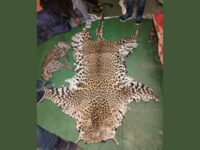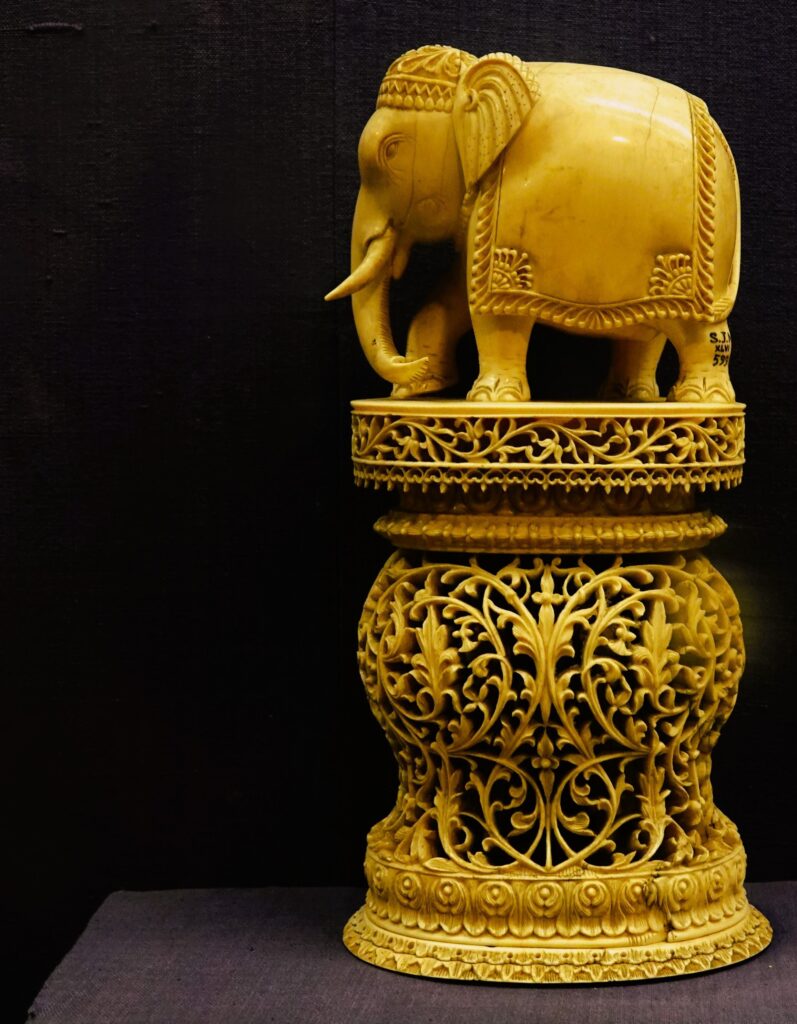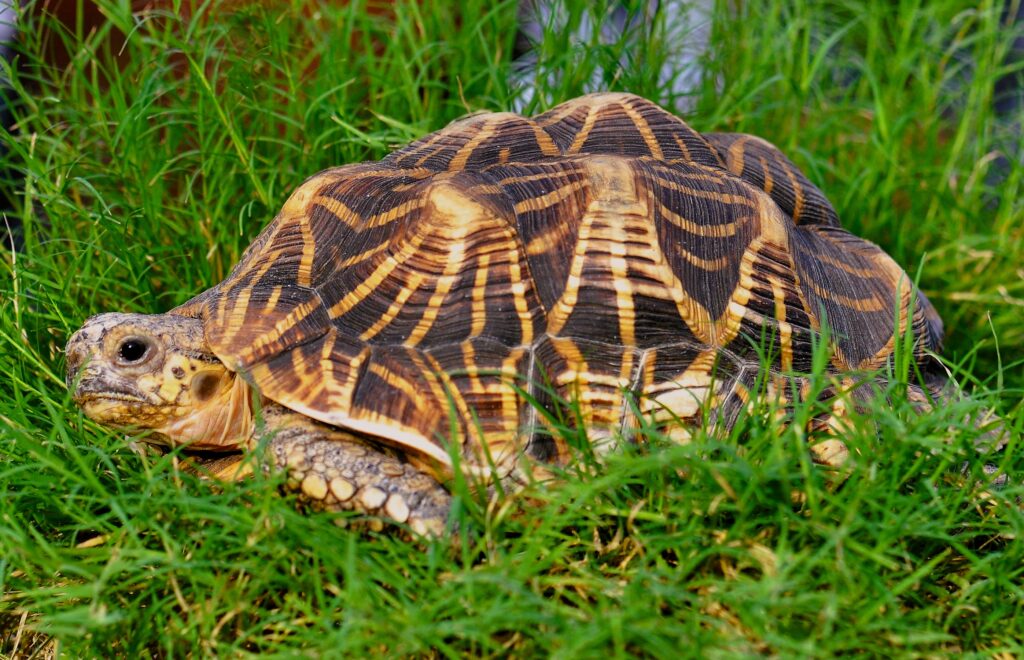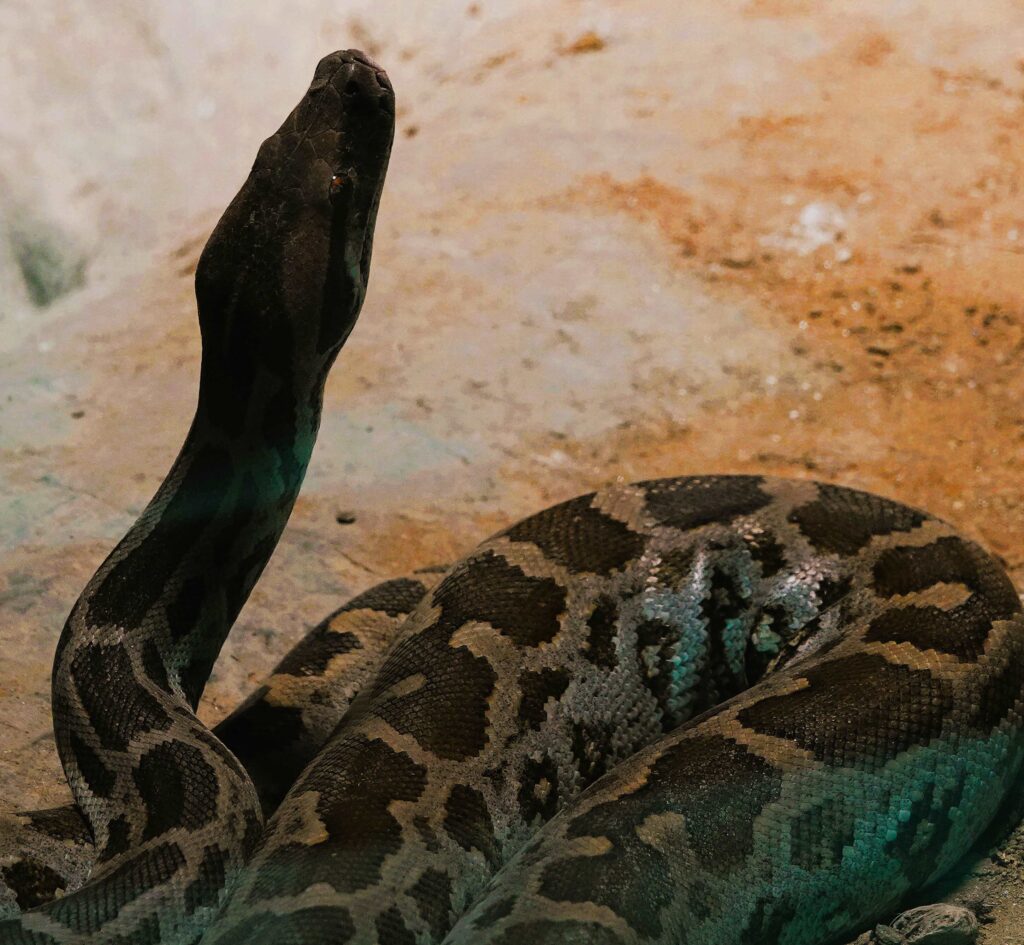
India’s Most Trafficked Wild Animals: A Crisis in Biodiversity
As we celebrate Wildlife Week, it’s crucial to shine a light on one of the gravest threats to India’s biodiversity — wildlife trafficking. Despite stringent laws and the tireless work of conservationists, India continues to be a hotspot for illegal wildlife trade. The demand for animal parts, live specimens, and exotic species both within the country and across international borders remains alarmingly high.
From majestic Tigers to rare Rhino horns, elusive Pangolins, many of India’s unique species face extinction due to habitat loss and poaching. Three years ago, Hyderabad, police and Forest Department officials busted a major wildlife trafficking operation, rescuing four Slow Lorises, an Indian Star Tortoise, and a Softshell Turtle, and arresting a suspect. More recently this June, Hyderabad was linked to an illegal transport of Pythons and Lizards, seized while transporting to Bhopal.


Let’s delve deeper into some of the most trafficked wild animals in India, understanding the scale of the problem and why their protection is so vital. According to the Wildlife Conservation Society – India [WCS-India] collected and collated 57 illegal wildlife trade related data from various regions across India in September. The highest number of wildlife seizure incidents were reported from Tamil Nadu, Odisha, and Assam. Some of the wildlife species included Tortoises and Turtles, Tiger and Leopard skins, even marine animals like Seahorse, Corals, Sea cucumbers.
The Indian star Tortoise, with its distinctively beautiful shell marked by radiating patterns, has become one of the most trafficked reptiles in the illegal pet trade. Native to India and Sri Lanka, this tortoise is in high demand in international markets due to its appearance, despite it being illegal to trade them under the Wildlife Protection Act of India.
Star-shelled Tortoises are often smuggled out of the country in large numbers, stuffed into cramped, inhumane conditions, leading to high mortality rates during transportation. While the pet trade drives demand, some traditional communities also use these tortoises in rituals, further threatening their population. Tortoises play a significant role in their ecosystems by controlling vegetation and maintaining the ecological balance. Their loss could lead to unforeseen consequences for the environment.


A symbol of India’s wildlife heritage, the Tiger is not just a national treasure but a globally revered species. Despite their fierce reputation, these magnificent predators are highly sought after in the illegal trade for their skin, bones, and other body parts. Tiger skins are prized as luxury items, while their bones are used in traditional medicines, especially in China and Southeast Asia. Poaching tigers for the black market has significantly contributed to their dwindling population. Though India has made significant strides in conservation through the Project Tiger initiative, poaching remains a major challenge in some areas.
Perhaps one of the lesser-known victims of wildlife trafficking, the Indian Pangolin is the most trafficked mammal in the world. These scaly anteaters, often misunderstood and overlooked, are highly prized for their scales, which are believed to have medicinal properties in some Asian countries. The trade in pangolin scales has skyrocketed in recent years due to increased demand in traditional medicine markets, particularly in China and Vietnam.
In addition to their scales, Pangolin meat is considered a delicacy in some regions. Poachers target these shy, nocturnal creatures, pushing them to the brink of extinction. India’s Pangolins play a crucial role in controlling insect populations, particularly termites and ants, helping to maintain healthy ecosystems.
Another iconic species, the Asian elephant, is tragically a victim of illegal trafficking and poaching. Though revered in Indian culture and religion, elephants are targeted for their tusks, which are highly valued in the ivory trade. Poaching, combined with habitat destruction, has left these gentle giants in a precarious position. Elephants are also illegally killed and trafficked for their tusks, bones and ivory since ancient times and still continues to this day. The demand for ivory, despite an international ban, remains strong in some parts of Asia and the Middle East, driving a black market that threatens the very existence of this species. India’s elephants are crucial to the environment, acting as seed dispersers and helping to maintain forest ecosystems.
Among reptiles, snakes like the Sand Boa have garnered attention from traffickers due to bizarre superstitions and myths surrounding the species. Many believe these non-venomous snakes bring wealth and prosperity, making them a prime target for illegal wildlife trade. Sand Boas are often trafficked for their supposed mystical powers, driving a demand in black markets across India and beyond. This practice is fuelled by ignorance and the misconception that possessing these snakes can bring good fortune. However, the cruel methods of capturing and smuggling them often result in severe harm to these reptiles.


While overshadowed by the plight of Tigers, Indian leopards are equally vulnerable to poaching and trafficking. Their skins, bones, and other body parts are in high demand, particularly in the traditional medicine market. Leopards are also targeted by local communities due to human-wildlife conflict, making them even more susceptible to poaching. The loss of leopards, an apex predator like Tigers, would disrupt the food chain, leading to an increase in herbivore populations and further degrading forests.
Protecting India’s Wild Heritage
Wildlife trafficking is not just an issue of law enforcement but a problem of awareness, cultural beliefs, and demand. The government, conservationists, and local communities must work together to reduce poaching, disrupt illegal wildlife trade networks, and educate the public about the importance of these animals in maintaining ecological balance.
India’s wildlife laws, such as the Wildlife Protection Act of 1972 and participation in CITES (Convention on International Trade in Endangered Species of Wild Fauna and Flora), provide a strong legal framework. However, enforcement remains a challenge, particularly in remote areas where poaching is rampant mostly in the rural regions of India where poverty prevails.
On this Wildlife Week, as we celebrate the rich diversity of India’s fauna, it’s essential to remember that without action, many of these species may disappear forever. Raising awareness, supporting anti-poaching initiatives, and promoting sustainable coexistence with wildlife are key to ensuring that these majestic creatures continue to thrive in the wild.



